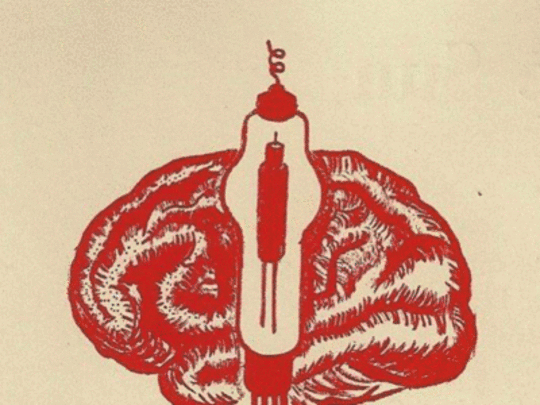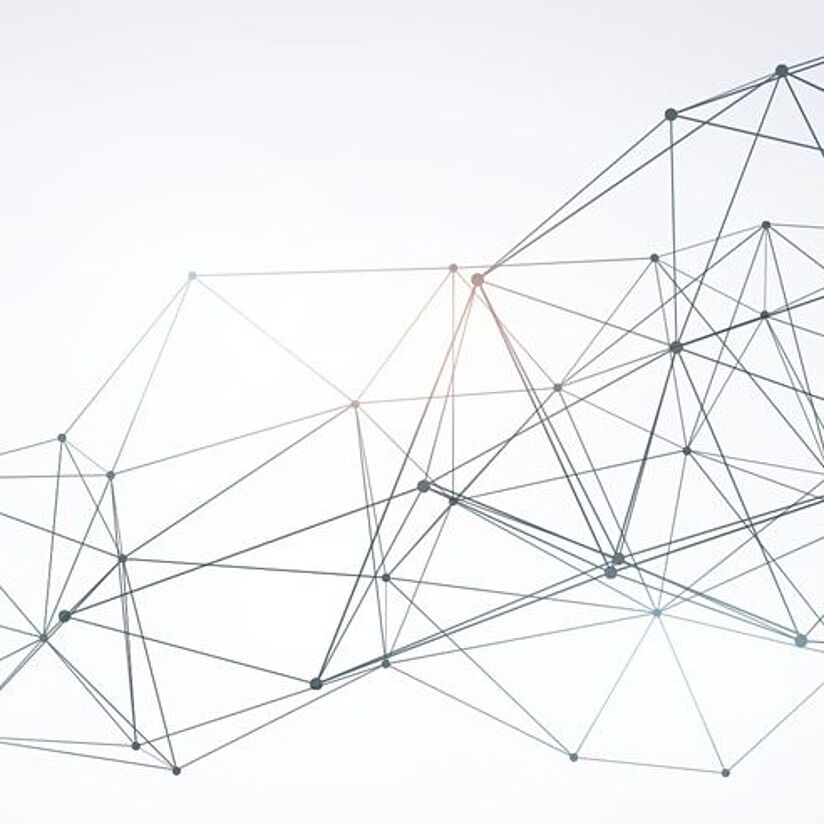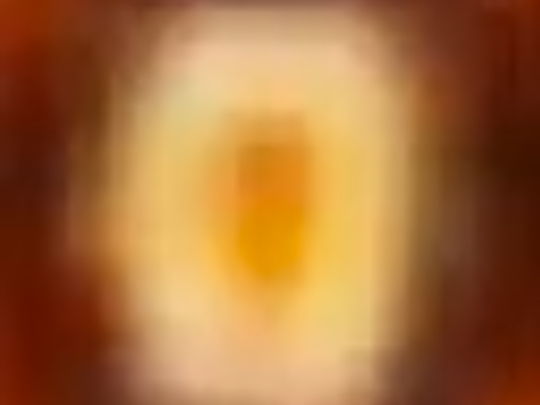

Digital cultures of technology and knowledge
Artificial Vision at Work
The project investigates the scientific and technical conditions under which human vision has become a question of information processing. Concentrating on neurophysiological approaches to vision, it analyzes how neural models of seeing emerged, how information theory permeated scientific research and practice, how these ideas were transformed into concrete technologies.
Content
Artificial Vision at Work: The Digital Transformation of Work as a Transformation of the Practice and Organisation of Seeing
Funded by
Deutsche Forschungsgemeinschaft (DFG)
- Digital cultures of technology and knowledge
Edited by
PD Dr. Rudolf Seising
PI: DFG-Projekt „ArtViWo“; PI: IGGI
Dr. Dinah Pfau
DFG-Projekt „ArtViWo“
Project description
The digital transformation of the world of work goes hand in hand with a socio-technical use of the human sensory apparatus. This applies above all to seeing. But how did we get there? The project investigates the scientific and technical conditions under which human vision has become a question of information processing.
Concentrating on neurophysiological approaches to vision, it analyzes how neural models of seeing emerged, how information theory permeated scientific research and practice, how these ideas were transformed into concrete vision technologies.
Project describtion
The automated perception of sensory stimuli—particularly vision—has long been central to fields such as industrial production, scientific investigation, navigation, and healthcare. Since the mid-20th century, scientific research has increasingly redefined vision and other sensory perceptions as measurable, quantifiable, and digitally representable processes, a shift influenced by the advent of information theory and the rise of computing. This historical reinterpretation laid the groundwork for automation frameworks like "pattern recognition," "artificial intelligence," and "robotics," with profound implications for both research and practical applications.
To examine the practical, epistemic, and organizational impacts of the digital transformation of vision in the workplace, two interconnected projects integrate perspectives from the sociology of work, science theory, and the history of technology. One project, led by Michael Heinlein at ISF Munich, focuses on workplace sociology, while the history of science project, directed by Rudolf Seising and researched by Dinah Pfau, is based at the Deutsches Museum.
This project explores neurophysiological approaches to vision, which often included experimental research on animals. The historical development of scientific research on vision is analyzed along three trajectories: (1) the 20th-century shift toward an information-theoretical and statistical understanding of vision, (2) the role of information technology in shaping scientific practice and theories about perception, and (3) the connections between historical research on vision and its present-day applications in fields like robotics, medicine, and industry. By tracing these historical trajectories, the project offers critical insights into the broader digitization of sensory work and its implications for the working world.
Events
Workshop 21.2.2025:
Dinah Pfau, Andrea Reichenberger and Rudolf Seising: “Computer Worlds. Project Reports on the History of the digital Transformation.”
Further links
DFG website on the Digitalisation of Working Worls
https://digitalisierung-der-arbeitswelten.de/artviwoFriedrich-Alexander-Universität Faculty of Humanities, Social Sciences, and Theology
https://www.phil.fau.eu/


![[Translate to English:] [Translate to English:]](/assets/_processed_/c/c/csm_Headerbild_Chiffriermaschinen_Rainer_3889c3d7be.png)
![[Translate to English:]](/assets/_processed_/f/d/csm_Bild-1_Ephmeride-des-Kleinen-Planeten-Hecuba_824f1969c4.jpg)
![[Translate to English:] [Translate to English:]](/assets/_processed_/f/1/csm_Forschungsinstitut_Projekt_Algorithmische_Wissenskulturen_Header_HashagenSeising_743a1da746.jpg)
![[Translate to English:] [Translate to English:]](/assets/_processed_/9/4/csm_Forschungsinstitut_Projekt_Zuse_Headerbild_CD_57903_5bb36f91cf.jpg)
